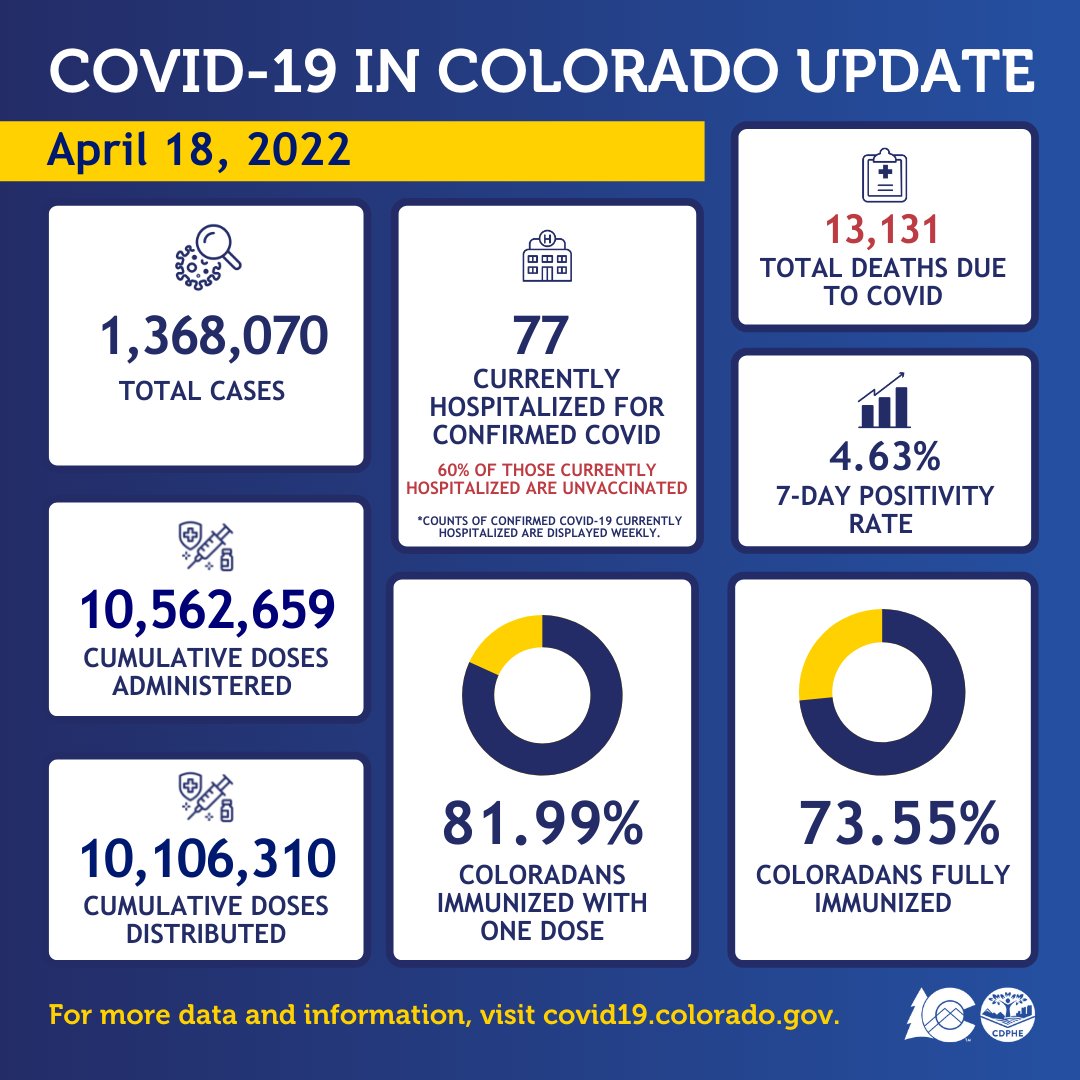New Urbanism Appears in Unexpected Places – Governing

New Urbanism and Sustainable Development in Unexpected Regions
Introduction
The concept of controlling urban development and limiting suburban sprawl is gaining momentum in unexpected areas of the United States, particularly in parts of the Sun Belt and Western states. Montana serves as a notable example where progressive urban planning reforms aligned with Sustainable Development Goals (SDGs) are being implemented to address housing affordability and sustainable growth.
Montana’s Urban Planning Reforms and SDG Alignment
Montana Governor Greg Gianforte, despite a conservative political background, has championed urban planning reforms that resonate with New Urbanism principles and several SDGs, including SDG 11 (Sustainable Cities and Communities) and SDG 10 (Reduced Inequalities).
- Housing Task Force and Policy Changes
- In 2022, a task force was established to address the rising housing costs, resulting in a report endorsing New Urbanist strategies such as:
- Challenging minimum lot size requirements for single-family homes
- Supporting missing-middle housing options
- Questioning minimum parking requirements for new developments
- The 2023 Legislature passed laws mandating towns with populations over 5,000 to allow duplex housing and those over 50,000 to permit triplex or fourplex housing, promoting inclusive and affordable housing (SDG 11.1).
- In 2022, a task force was established to address the rising housing costs, resulting in a report endorsing New Urbanist strategies such as:
- Bipartisan Support and Legislative Actions
- A bipartisan coalition in the Legislature supported urban planning reforms, despite opposition from conservative factions.
- 2024 recommendations emphasized urban density and limiting suburban sprawl to preserve open spaces and rural communities, aligning with SDG 15 (Life on Land) and SDG 13 (Climate Action).
- New laws allowed accessory dwelling units (ADUs) by right, permitted single stairways in apartments, and limited parking to one space per residence unit, enhancing sustainable urban living.
Broader Trends in the Sun Belt and Western States
Similar urban planning shifts are occurring in other conservative regions, such as Forsyth County, Georgia, where growth controls have been enacted to address infrastructure strain and overcrowded schools, supporting SDG 9 (Industry, Innovation, and Infrastructure) and SDG 4 (Quality Education).
- Urban scholars have documented a slowdown in new home construction in southern and western metro areas including Atlanta, Phoenix, Orlando, Dallas, and Las Vegas, contributing to housing affordability challenges (SDG 1: No Poverty).
- Montana’s transformation from a remote area to a leisure destination for affluent newcomers has led to gentrification and urban sprawl, prompting adoption of New Urbanist ordinances to encourage infill development and reduce parking mandates.
Urban Sprawl versus Infill Development: Policy Options
Communities facing rapid development and rising housing costs have two primary policy options:
- Encourage Large-Scale Sprawl Development
- Supports affordable housing expansion but may conflict with environmental sustainability goals (SDG 13, SDG 15).
- Regulate Sprawl and Promote Urban Infill
- Focuses on controlling development through reduced parking requirements and smaller lot sizes.
- Preserves open spaces and promotes sustainable urban growth consistent with SDG 11 and SDG 15.
Implications for Housing Affordability and Political Landscape
- The shift toward New Urbanist planning and growth management may lead to higher housing prices in the long term but aims to balance affordability with sustainability.
- Changes in urban planning approaches in key Sun Belt states could influence broader state politics and economic strategies, potentially affecting SDG 8 (Decent Work and Economic Growth).
- Metropolitan areas dependent on hyper-development may face challenges adapting to stricter growth controls, impacting regional development patterns.
Conclusion
The emergence of New Urbanism and sustainable urban planning reforms in Montana and other conservative regions highlights a growing recognition of the need to align housing policies with Sustainable Development Goals. These efforts aim to create inclusive, resilient, and sustainable communities by addressing housing affordability, limiting sprawl, and preserving natural environments.
1. Sustainable Development Goals (SDGs) Addressed or Connected
- SDG 11: Sustainable Cities and Communities
- The article discusses urban planning reforms, controlling suburban sprawl, and promoting New Urbanism in Montana and other Sun Belt areas, which directly relate to making cities inclusive, safe, resilient, and sustainable.
- SDG 10: Reduced Inequalities
- Efforts to increase affordable housing supply and income-restricted housing units address inequalities in housing access.
- SDG 13: Climate Action
- Limiting suburban sprawl and prioritizing urban density help preserve open spaces and reduce environmental impact, contributing to climate action.
- SDG 8: Decent Work and Economic Growth
- Addressing housing affordability supports workforce stability and economic growth by enabling hardworking residents to own or rent homes.
2. Specific Targets Under Those SDGs Identified
- SDG 11: Sustainable Cities and Communities
- Target 11.1: Ensure access for all to adequate, safe, and affordable housing and basic services.
- Target 11.3: Enhance inclusive and sustainable urbanization and capacity for participatory, integrated, and sustainable human settlement planning and management.
- SDG 10: Reduced Inequalities
- Target 10.2: Empower and promote the social, economic and political inclusion of all, irrespective of age, sex, disability, race, ethnicity, origin, religion or economic or other status.
- SDG 13: Climate Action
- Target 13.2: Integrate climate change measures into national policies, strategies, and planning.
- SDG 8: Decent Work and Economic Growth
- Target 8.5: Achieve full and productive employment and decent work for all women and men.
3. Indicators Mentioned or Implied to Measure Progress
- Housing Supply and Affordability Indicators
- Number of new housing units built (e.g., Montana’s 19,000 new units vs. population growth of 50,000).
- Home price trends and affordability indexes (e.g., rising home prices in Montana and Sun Belt cities).
- Proportion of income-restricted or affordable housing units constructed (e.g., Scott Street-Ravara mixed-use housing project).
- Urban Planning and Development Indicators
- Legislative changes allowing duplexes, triplexes, fourplexes, and accessory dwelling units (ADUs).
- Reduction or elimination of minimum lot size and parking requirements in new developments.
- Measures of urban density and limits on suburban sprawl (e.g., policies prioritizing urban infill).
- Environmental and Land Use Indicators
- Preservation of open spaces and rural communities as a measure of limiting sprawl.
- Impact on traffic congestion and school capacity as indirect indicators of urban planning effectiveness.
- Social and Economic Inclusion Indicators
- Access to housing for middle-class and lower-income residents.
- Participation of bipartisan coalitions in passing housing reforms indicating social inclusion.
4. Table of SDGs, Targets, and Indicators
| SDGs | Targets | Indicators |
|---|---|---|
| SDG 11: Sustainable Cities and Communities |
|
|
| SDG 10: Reduced Inequalities |
|
|
| SDG 13: Climate Action |
|
|
| SDG 8: Decent Work and Economic Growth |
|
|
Source: governing.com

What is Your Reaction?
 Like
0
Like
0
 Dislike
0
Dislike
0
 Love
0
Love
0
 Funny
0
Funny
0
 Angry
0
Angry
0
 Sad
0
Sad
0
 Wow
0
Wow
0













































































